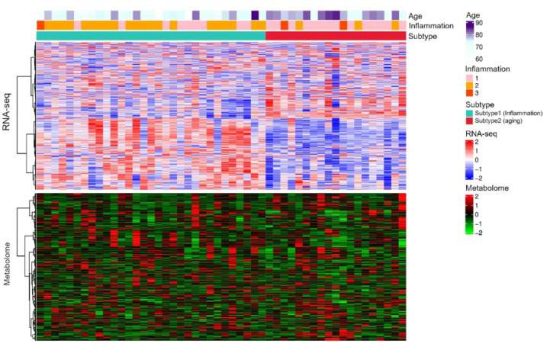MADISON — Anxiety and fear went hand in hand with trying to learn more about COVID-19 in the early days of the pandemic in the United States — and the most distressed people were turning on the television and scrolling through social media, according to research from the University of Wisconsin–Madison.
“What we’d hope is that you could counter uncertainty by learning more about the world and that you’d associate not knowing with experiencing emotional distress,” says UW–Madison psychology professor Markus Brauer. “Like with many crises, that wasn’t the case with COVID-19. Higher media consumption — seeking out the news — was associated with more emotional distress.”
Brauer and collaborators in the School of Journalism and Mass Communication surveyed a nationally representative sample of more than 2,200 people throughout the U.S. in March and April of 2020. It was just a few weeks after public health measures like masking and physical distancing began to appear as orders in some cities and states.

The researchers asked respondents how “overwhelmed,” “anxious,” or “afraid about what might happen” they were, as well as how often they were seeking out pandemic information via different types of news media, how likely they thought it was they would be infected, and whether they knew someone who had tested positive for COVID-19.
The researchers published their findings in the International Journal of Environmental Research and Public Health.
Younger respondents and women were more likely to be emotionally distressed, as were people with liberal political views and, intuitively, people who felt they were likely to catch the virus.
Most importantly, controlling for age and gender demographics, seeking out news updates about COVID-19 more frequently was associated with greater emotional distress.
“We sort of expected that with social media consumers,” says Brauer, who partnered with journalism professor Dhavan Shah on the study. “We know that social media are a bad source for getting news updates. Negative news gets more clicks and is shared more often, so people who get their news from social media are disproportionally exposed to distressing content.”
However, distress wasn’t limited to consumers of social media.
“What really surprised us was the association between emotional distress on the one hand and frequency of getting news from print media and television on the other hand,” says Brauer.
Television and newspapers provide information, including updates on research examining infection risk and transmission methods. The researchers thought this information, without the amplification of negative content experienced on social media, might help people manage the many unknowns that exist in the initial stages of a new pandemic.
Instead, both television and social media had the strongest positive relationships with emotional distress. The association between emotional distress and print media consumption was smaller but still positive and significant.
The study doesn’t allow for causal conclusions. While it is likely that seeking out news updates about the pandemic led to emotional distress, according to Brauer, it is also possible that people who are distressed try to manage their emotions by checking the news more often.
“So many of us are connected what feels like constantly throughout the day, and there’s certainly a point where continued attention isn’t a benefit,” Brauer says. “Would nine hours a day checking the news for COVID information make you more informed than five hours a day? Probably not. Our results tell us you’re just more likely to feel worse.”








